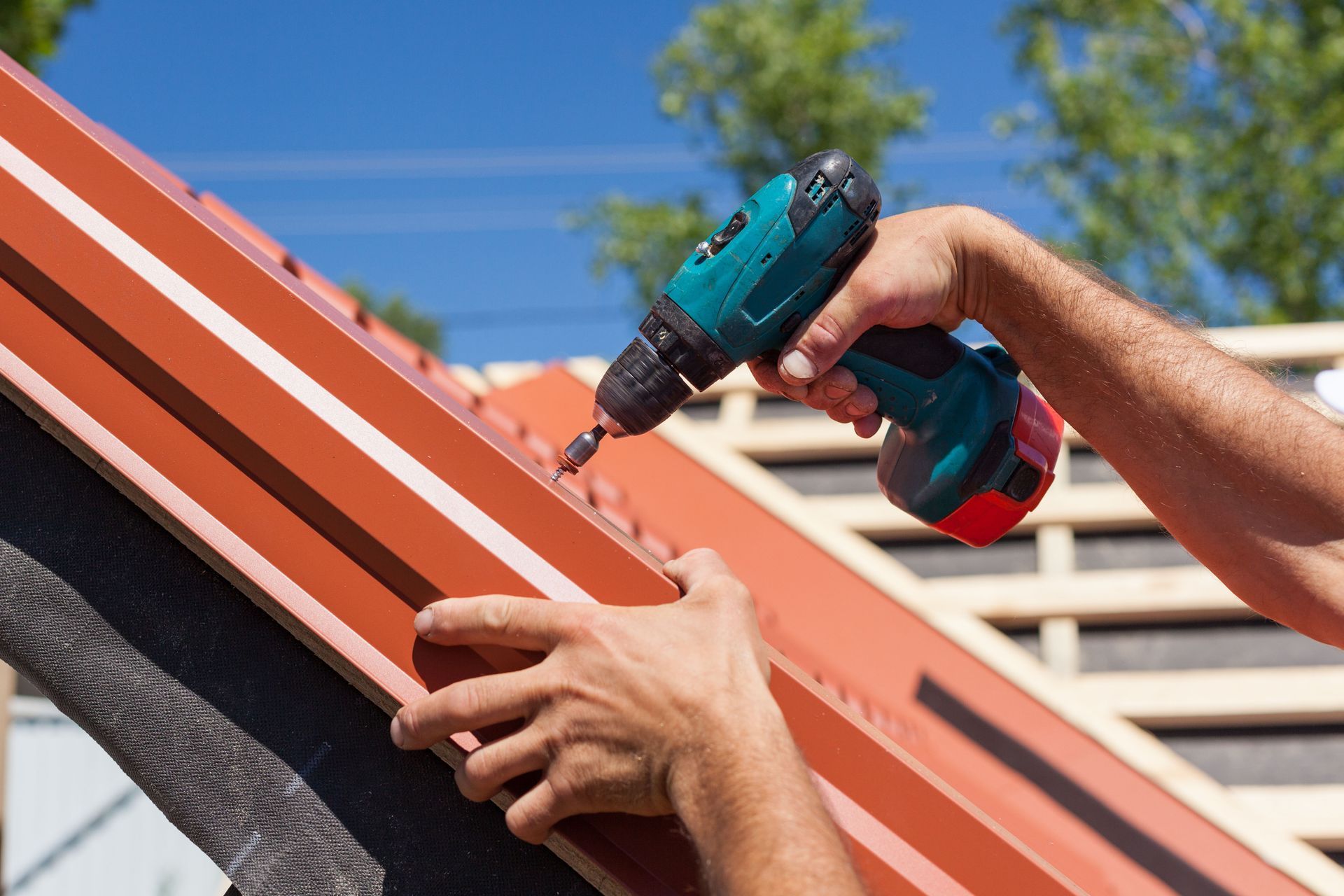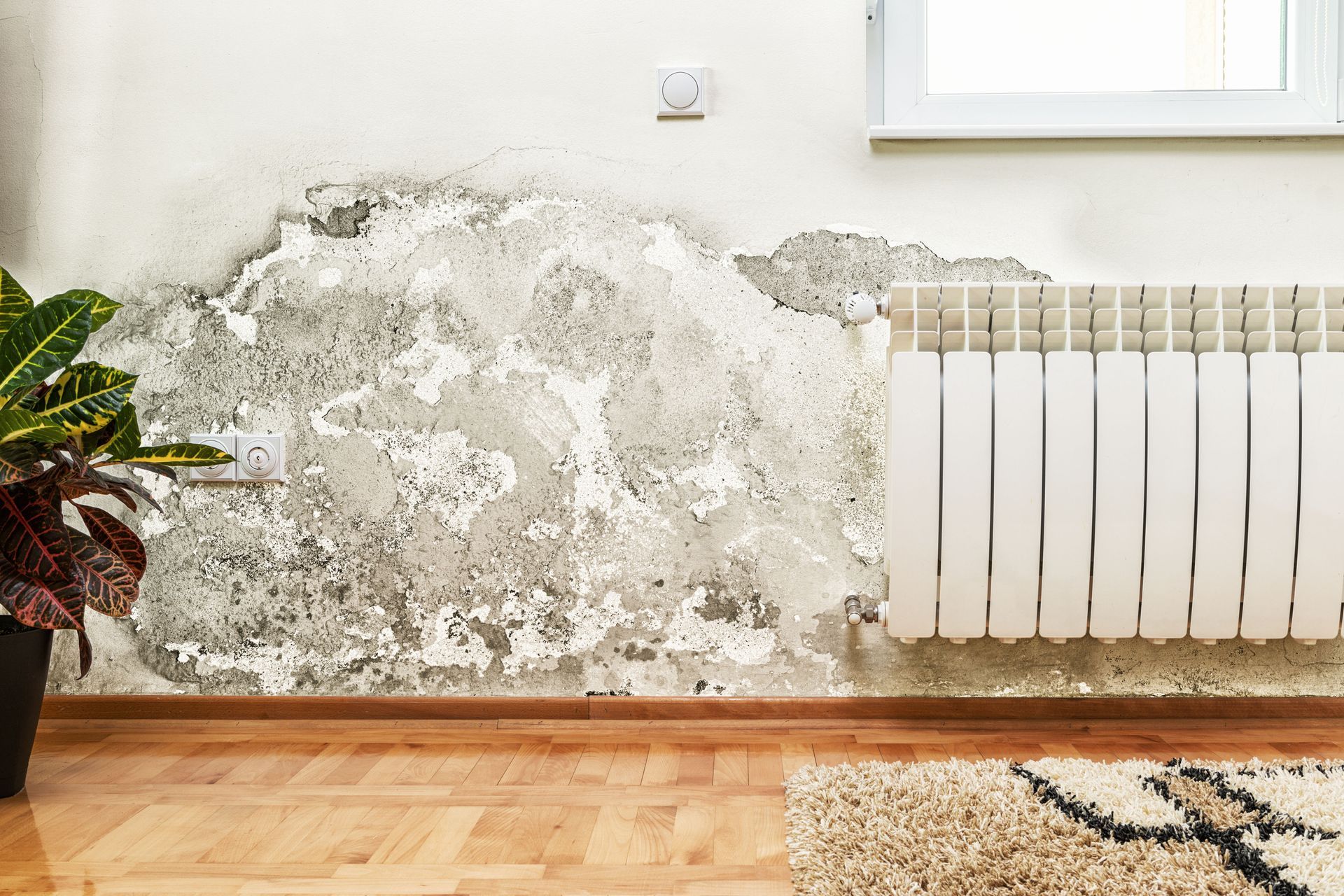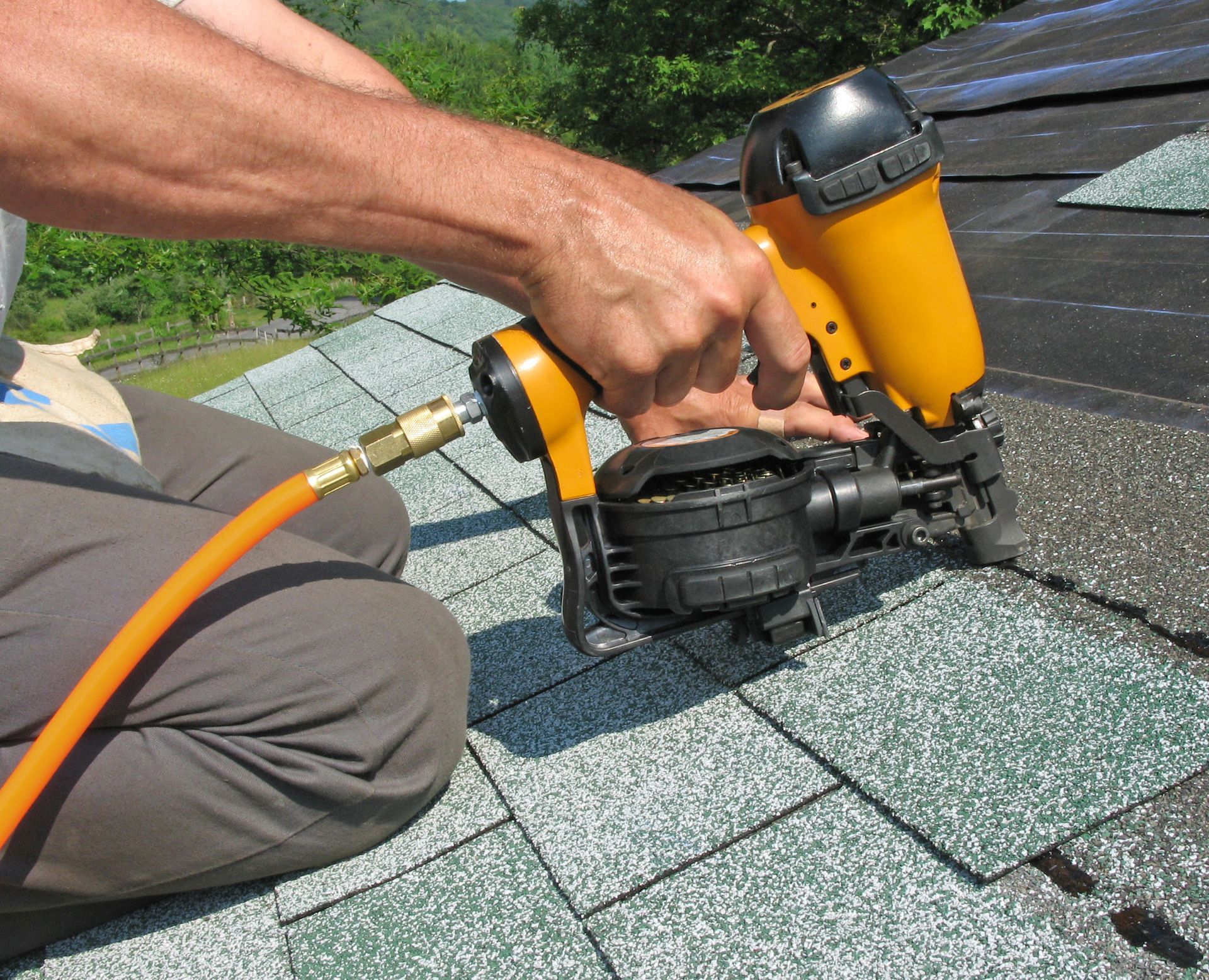November 5, 2025
Choosing the right roofing material is crucial for ensuring long-term savings and durability. This article explores the most cost-efficient roofing options available today, weighing factors such as initial cost, lifespan, maintenance, and energy efficiency to provide a comprehensive guide for homeowners and builders. An optimal roofing choice not only supports structural integrity but also significantly impacts your energy consumption and overall environmental footprint. With increasing emphasis on sustainable building practices, consumers are increasingly keen on options that deliver on both economic and ecological fronts. By examining a range of popular and lesser-known roofing materials, this guide hopes to empower you with the knowledge needed to make an informed decision.
Understanding Asphalt Shingle Roofing
Asphalt shingles are among the most commonly used roofing materials in the United States. They are favored for their relatively low cost and ease of installation. Typically composed of a fiberglass or paper mat, covered with asphalt and topped with ceramic granules, they offer a balance of affordability and performance. The diverse array of styles and colors available, ranging from standard two-tab shingles to more aesthetically pleasing architectural designs, offers homeowners flexibility in matching their preferences and home design. Aside from appearance, asphalt shingles are also known for their good performance in various weather conditions, providing reliable protection against wind and rain.
While initial costs are low compared to other materials, the lifespan of asphalt shingles typically ranges from 15 to 30 years, depending on factors such as geographical location and roof pitch. Regular maintenance is required to maximize their longevity, including replacing missing or damaged shingles to prevent leaks and further roofing damage. Furthermore, exposure to extreme weather conditions can accelerate deterioration, impacting the overall efficiency of the roof. Despite being an affordable option with a shorter lifespan than some alternatives, asphalt shingles remain popular due to their budget-friendly nature and moderate performance. Their cost-effectiveness is about balancing upfront savings with longer-term replacement costs.
Energy efficiency in asphalt shingles can be enhanced by selecting products designed to reflect more sunlight and absorb less heat, thereby keeping your home cooler in the warmer months. This feature alone can lead to a notable reduction in energy costs. According to the Green Home Guide, choosing reflective roofing materials may cut household energy needs by up to 30%. While traditional asphalt shingles may not be the most eco-friendly option due to their petroleum content, advancements in manufacturing have led to products with improved energy ratings and recycled content. Homeowners concerned with sustainability may also explore options like solar-reflective shingles that offer better thermal performance. Asphalt shingles offer a middle ground for those seeking affordability with moderate efficiency improvements.
Evaluating Asphalt Shingle Roofing Costs
The financial appeal of asphalt shingles starts with their low upfront costs. This affordability makes them an attractive choice for budget-conscious homeowners. Although more expensive options like architectural shingles provide greater durability and aesthetic appeal, the trade-off for higher upfront costs is often a longer lifespan. Such choices can result in reduced maintenance and repair costs over time. Evaluating the cost per year of expected life rather than just the initial expenditure can present a clearer picture of long-term value.
Given their average lifespan of about 20 years, asphalt shingles may require replacement sooner than other materials like metal or slate. However, advances in manufacturing techniques have improved their longevity and resistance to adverse weather conditions. Despite being less durable than competitors, improved versions of asphalt shingles with enhanced wind and solar resistance are now available, offering a robust performance. Regular inspection and maintenance can further extend their useful life, balancing the discrepancy in lifespan with proper care and consideration. This proactive approach allows homeowners to preserve the roof's integrity and ensures the best return on investment.
Although anticipating their maintenance and periodic replacement can be seen as a financial limitation, strategic planning can mitigate these expenses effectively. Opting for higher-grade products and incorporating maintenance into a long-term home improvement budget can ensure cost efficiency remains manageable. Additionally, rebates and incentives for energy-efficient upgrades may offset costs associated with premium, solar-reflective shingles. By focusing on smart investments and being prepared for future expenditures, homeowners can harness both affordability and longevity in their roofing decisions.
Maintaining Asphalt Shingle Roofing
Asphalt shingles are known for their ease of installation, which contributes significantly to their wide adoption. Professional installation is recommended, as it ensures the roofing is laid correctly, preferably over a smooth, clean substrate. Incorrect installation can lead to problems such as leaks and reduced lifespan, so sourcing experienced professionals is a worthy investment. When maintained properly, asphalt shingles offer reliable performance with minimal upkeep requirements. Inspections, especially after severe weather events, should be a part of routine home maintenance to identify potential issues early.
Regular maintenance tasks include cleaning gutters, removing debris, and trimming overhanging tree branches which could damage the shingles. Proactively addressing these aspects can prevent damage and prolong the life of your roof. Periodic assessments can reveal the need for repairs or shingle replacement, reducing the chances of substantial roof repairs in the future. While these tasks are manageable and do not require extensive technical knowledge, scheduling a professional inspection every few years remains beneficial. This preventive approach can identify underlying issues that may not be noticeable to the untrained eye.
Environmental factors such as high UV exposure, heavy rainfall, and temperature fluctuations can accelerate wear and tear. Having a maintenance routine allows for swift addressing of concerns, minimizing potential water damage or additional repair costs. Offering a balance of cost efficiency and ease of handling, asphalt shingles remain a practical choice for many homeowners. By understanding these needs, one can harness the low-stress benefits that their user-friendly nature provides.
Exploring Metal Roofing Options
Metal roofing options are diverse, comprising materials such as aluminum, steel, copper, and zinc, each offering distinct benefits. Steel and aluminum are the most common and provide robustness and flexibility at a reasonable price point. Copper roofs, although more expensive, bring exceptional longevity and distinct aesthetic charm, patinating to a green hue over time. Meanwhile, zinc, with its strong resistance to corrosion and self-healing properties, offers a maintenance-free and environmentally friendly solution. The variety in metal roofing ensures adaptable uses, fitting a broad range of budgetary and architectural needs.
Furthermore, metal roofs are celebrated for their ability to withstand adverse weather, including high winds, hail, and heavy snow, thanks to their durability and secure installation methods. Fire resistance is another highlight, granting them a favorable standing in wildfire-prone areas. The choice of metal type impacts weight, cost, and corrosion resistance, necessitating consideration of local environmental factors when selecting appropriate materials. This synthesis of options constructs an architectural asset known for strength, longevity, and versatility.
Analyzing Metal Roofing Value
Although metal roofing systems often come with a higher initial price than traditional options like asphalt shingles, their cost-effectiveness lies in their durability and minimal maintenance needs. Typically priced between $5 and $14 per square foot installed, the upfront investment may seem substantial. However, considering their lifespan—often over 50 years—metal roofs require less frequent replacement and repairs, proving economical in the long term. Moreover, durability against environmental factors minimizes repair costs and inevitable replacements common with less durable materials. The balance of longevity and performance makes metal roofs an asset that pays dividends over time.
Furthermore, metal roofs offer excellent reflectance, significantly reducing energy costs associated with cooling homes in warm climates. Energy savings can massively offset the initial investment, especially when coupled with tax credits and rebates for energy-efficient buildings. Their integration represents a judicious investment in maintaining low operational costs throughout the roof's extensive lifespan. The return on investment with metal roofing manifests through both reduced utility costs and elevated home value—providing readiness and resilience to changing market demands for sustainable properties.
Assessing Metal Roofing Durability
One of metal roofing’s most compelling attributes is its outstanding durability, which surpasses many traditional roofing materials. Depending on the type chosen, a metal roof can endure for five to ten decades, far exceeding the lifespan of materials like asphalt. It resists extreme weather conditions, including heavy winds, hail, and snow, providing extended peace of mind against potential roof damage. This reliable performance is bolstered by the typically minimal maintenance requirements throughout its lifespan. Incorporating protective measures such as galvanization enhances its resistance to rust and further extends its usability.
Maintenance primarily involves regular inspection to ensure fasteners are secure and coatings remain intact. While metal roofs require less frequent repairs, reflective coatings that ensure energy efficiency may require reapplication over time. Another advantage of metal roofs is their resilience to moss or fungal growth, eliminating the necessity of harsh chemical treatments often needed with organic-based roofing materials. This translates into cost savings on routine maintenance and additional protective measures, making it an economically sound investment for assured home protection.
Considering Clay and Concrete Tile Roofing
Clay and concrete tiles are noted for their classic appearance and enduring performance, rendering them a popular choice, especially in Mediterranean, Spanish, or Southwestern architecture. They come in a variety of shapes, including flat, scalloped, or ribbed profiles, with a wide range of colors to complement any home exterior. Clay tiles are celebrated for their rich, natural hues that deepen over time, while concrete tiles offer versatility with dyes and added textures, expanding their aesthetic appeal. Both materials boast superb resistance to fire, rotting, and harsh weather conditions, enhancing structural robustness and the home's security.
One of their most striking features is their excellent durability, with lifespans that can easily reach 50 to 100 years with proper care. This longevity is attributed to their dense compositions, offering resistance against micro-cracking and gradual wear. They are particularly favored in hot climates due to their insulation capabilities, helping to maintain indoor comfort and decrease energy usage. The heavier weight of clay and concrete tiles requires reinforced roofing structures, which can increase installation costs but provides unmatched stability and resilience once installed.
Although the upfront investment for clay and concrete tile roofing can be higher, homeowners often view the expense as worthwhile given their extraordinary lifespan and timeless aesthetic. When factoring reduced maintenance needs and enduring curb appeal, they often prove to be one of the most cost-effective long-term solutions. Their eco-friendliness also enhances their reputation, with many tiles produced from natural materials that are recyclable. These qualities ensure clay and concrete roofing remain an excellent option for those prioritizing beauty, resilience, and sustainability.
Choosing the best roofing material depends largely on budget, climate, maintenance expectations, and aesthetic preferences. Asphalt shingles offer an affordable and accessible option, while metal roofing delivers resilience and energy efficiency. Clay and concrete tiles combine longevity with classic appeal, though they come with higher upfront investments. Regardless of which material you choose, partnering with professional roofing providers ensures quality installation, ongoing maintenance support, and optimal results. By investing wisely, you can secure not only durable protection but also long-term savings and peace of mind for your home. For your roofing needs, contact Velazquez Painting & Construction LLC today.




